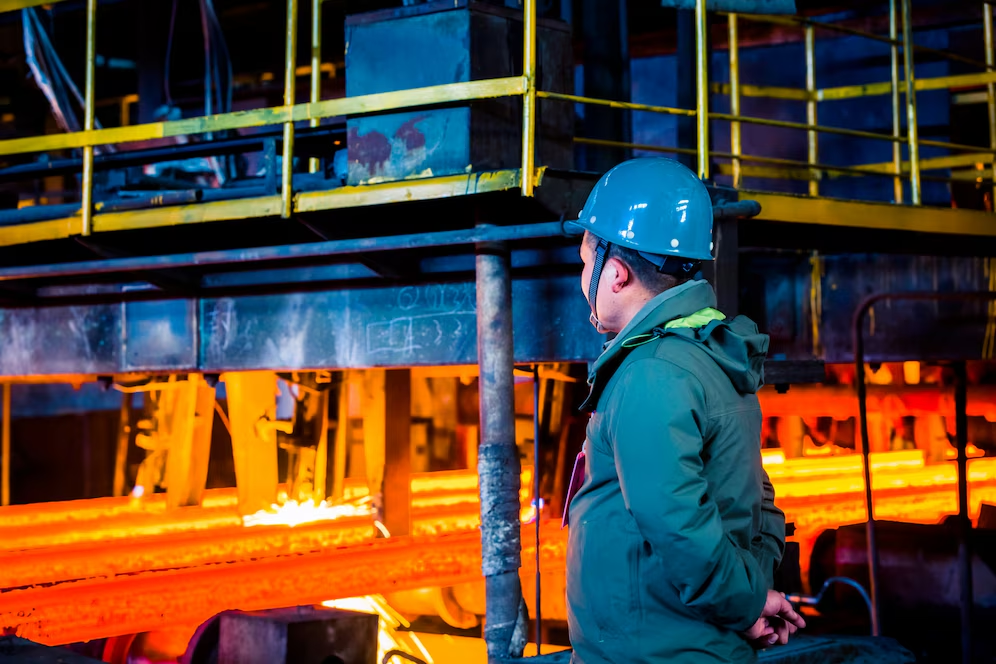Our Manufacturing Process
Foreign Direct Investment
End-to-End Global Expansion & Investment Solutions
Unlock new markets and accelerate growth with our comprehensive contract management and foreign direct investment services. We provide expert guidance and seamless execution across:
• Licensing & Franchising – Scale your brand globally with secure and profitable partnerships.
• Turnkey Projects – From planning to execution, we deliver ready-to-operate solutions.
• Mergers & Acquisitions – Expand strategically with expert-led negotiations and due diligence.
• Manufacturing & Servicing Contracts – Streamline production and service operations with trusted global partners.
• Joint Ventures & Strategic Alliances – Form powerful collaborations for sustainable growth.
• Financial & Investment Solutions – Access global funding, grants, and investment opportunities.
• Regulatory & Compliance Support – Navigate international business laws with confidence.
Whether you’re entering new markets, optimizing operations, or securing investments, we provide tailored solutions to drive success in the global arena.
Introduction
Foreign Direct Investment
Foreign Direct Investment (FDI) plays a vital role in driving economic growth, fostering innovation, and strengthening global business ties by enabling investments across borders.
Licensing
- Licensing in international business involves the granting of intellectual property by a company, known as the licensor, to another company, known as the licensee, for its use.
- Intellectual property encompasses a wide range of assets owned by a company, including brand names, logos, trademarks, patents, technologies, and business processes. In exchange for the right to use the licensed product, the licensor receives compensation, typically in the form of royalties based on sales or profits.
- This arrangement enables companies to enter new international markets without making substantial investments. The licensor is not required to construct factories, establish new offices, or oversee operations in foreign countries. Instead, the licensee is responsible for local production, distribution, and marketing.
- Strategically approach for companies seeking global expansion while minimizing the risks and costs associated with establishing new operations in foreign countries. This method allows businesses to accelerate their growth while maintaining control over their brand and technology.
Types of Licensing
Product Licensing
Product licensing is a strategic business arrangement that enables a company to grant another entity the rights to manufacture and distribute its products in a different market. The licensor provides the design, formula, or specifications, while the licensee assumes responsibility for local production and sales. This mutually beneficial partnership allows companies to expand their reach and capitalize on new opportunities in foreign markets.
Trademark Licensing
Trademark licensing is a strategic partnership in which a company grants another business the permission to utilize its brand name, logo, or trademark. This collaboration enables the brand to reach a wider audience on a global scale while maintaining its unique identity and reputation.
Technology Licensing
Technology licensing involves the transfer of technical knowledge, patents, or processes from one company to another. This practice is commonly seen in industries such as software, electronics, and pharmaceuticals.
Copyright Licensing
This form of licensing is primarily found in creative industries such as music, film, and publishing. A copyright owner grants permission to others to utilize their work for specific purposes.
Franchising
- International franchising offers organizations the opportunity to enter foreign markets, expand their product offerings, and attract new customers in a less risky manner compared to traditional company-owned expansion.
- By franchising internationally, organizations can avoid the time and financial investment required to recruit and relocate staff to the new market. This allows for a more efficient and cost-effective approach to expanding globally.
- We dedicate time to thoroughly analyze your business and uncover the key factors driving its success. By examining your marketing strategies, operational processes, financial performance, and more, we gain a comprehensive understanding of your current business operations. This insight enables us to develop effective franchise models tailored to your unique business needs.
- During this process, we will thoroughly evaluate all aspects of your organization to determine if master franchising is a suitable and beneficial strategy for entering new markets.
- Our team will conduct territory analysis, develop financial models, and establish fee structures for both the franchisor and franchisees in order to create the most effective international franchise model for your company.

Types of Franchising
MASTER FRANCHISING
The franchisor bestows exclusive rights upon a master franchisee within a designated territory, who is responsible for cultivating and managing sub-franchises within said territory.
DIRECT FRANCHISING
The franchisor directly establishes and operates franchises in the foreign market.
SUBSIDIARY FRANCHISING
The franchisor creates a subsidiary company in the target country to manage and develop the franchise network.

Turnkey Projects
- A turnkey project is a project delivery method in which a contractor or firm takes full responsibility for managing the entire project lifecycle, from initial concept and design to construction and final delivery.
- In a turnkey project, the contractor acts as a trusted partner, meticulously planning and executing every detail. The client benefits from the contractor’s expertise, industry knowledge, and established processes, which streamline project management and reduce risks.
- Through a collaborative relationship, the contractor ensures that the client’s vision is brought to life with the highest standards of quality and efficiency.
- This approach not only strengthens the client-contractor relationship but also produces a superior outcome, making turnkey projects an appealing choice for clients seeking reliability, professionalism, and excellence in project execution.
Types of Turnkey Projects
This turnkey approach is highly attractive to both real estate developers and individual homebuyers looking for convenient, move-in ready homes without the stress of managing multiple contractors.
Process Of Turnkey Projects
Phase 1
Project Idea
- Project Ideation is the essential process of cultivating fresh concepts, solutions, and innovations by delving into various perspectives and merging seemingly disparate ideas. It plays a vital role in problem-solving, product development, and fostering creative brainstorming sessions.
- Utilizing advanced techniques, a group engages in discussions and employs various methods to generate and refine abstract, concrete, or visual concepts. This collaborative approach enhances the ideation process, leading to the creation of innovative solutions and groundbreaking ideas.
Phase 2
Project Design
- Contractors work closely with clients to thoroughly understand their needs and objectives.
- This phase includes developing detailed project plans, architectural designs, and technical specifications, as well as obtaining all required permits and approvals.
- Effective planning is crucial as it establishes a solid foundation for the project, aligns stakeholder expectations, and creates a clear roadmap for execution.
Phase 3
Project Procurement
- During the procurement stage, it is essential to source all required materials, equipment, and services in alignment with the project’s standards and specifications.
- The contractor’s well-established relationships with suppliers play a crucial role in expediting the procurement process, guaranteeing timely delivery and cost-effective sourcing.
- This proactive approach not only minimizes delays but also enhances the overall efficiency of the project.
Phase 4
Project Construction
- During the construction phase, the contractor is responsible for overseeing all aspects of the building process to ensure compliance with approved designs and specifications. This includes coordinating subcontractors and suppliers to guarantee high-quality workmanship and efficient progress.
- Regular site inspections and progress reports are conducted to facilitate effective communication and timely issue resolution, thereby enhancing project delivery.
- The contractor’s role as a central point of coordination ensures that all elements align seamlessly, minimizing disruptions and maintaining momentum throughout the construction process.
Phase 5
Project Inspection
- After the construction phase is finished, the contractor moves on to the inspection phase. This crucial step involves verifying that all equipment and systems have been installed correctly and are functioning properly.
- Comprehensive testing and validation are carried out to ensure that the project meets the established performance criteria and complies with regulatory standards.
- This meticulous focus on detail guarantees that the facility is not only operational but also optimized for efficiency in its operations.
Phase 6
Project Handover
- The final phase of a turnkey project is the handover process. This crucial step occurs once the contractor has verified that the facility aligns with all client specifications and operational needs, officially transferring ownership to the client.
- During the handover, the client receives detailed documentation such as operation manuals, maintenance guidelines, and warranties. This comprehensive package allows the client to seamlessly begin utilizing the facility, knowing that it is fully functional and meets their expectations.
- The smooth transition during the handover process highlights the contractor’s dedication to providing value and excellence throughout the entire project lifecycle.

Mergers
- A merger is the voluntary consolidation of two companies on equal terms to form a new legal entity. The companies involved in a merger are typically similar in size, customer base, and operational scale.
- Mergers are primarily undertaken to increase market share, lower operational expenses, expand into new markets, combine product lines, boost revenues, and enhance profitability—all of which are intended to benefit the shareholders of both companies.
- During a merger, the boards of directors of the merging companies must approve the transaction and seek approval from their respective shareholders. This type of merger and acquisition (M&A) activity aims to strengthen both brands by leveraging their individual strengths to create a larger market presence for the newly formed entity.


















